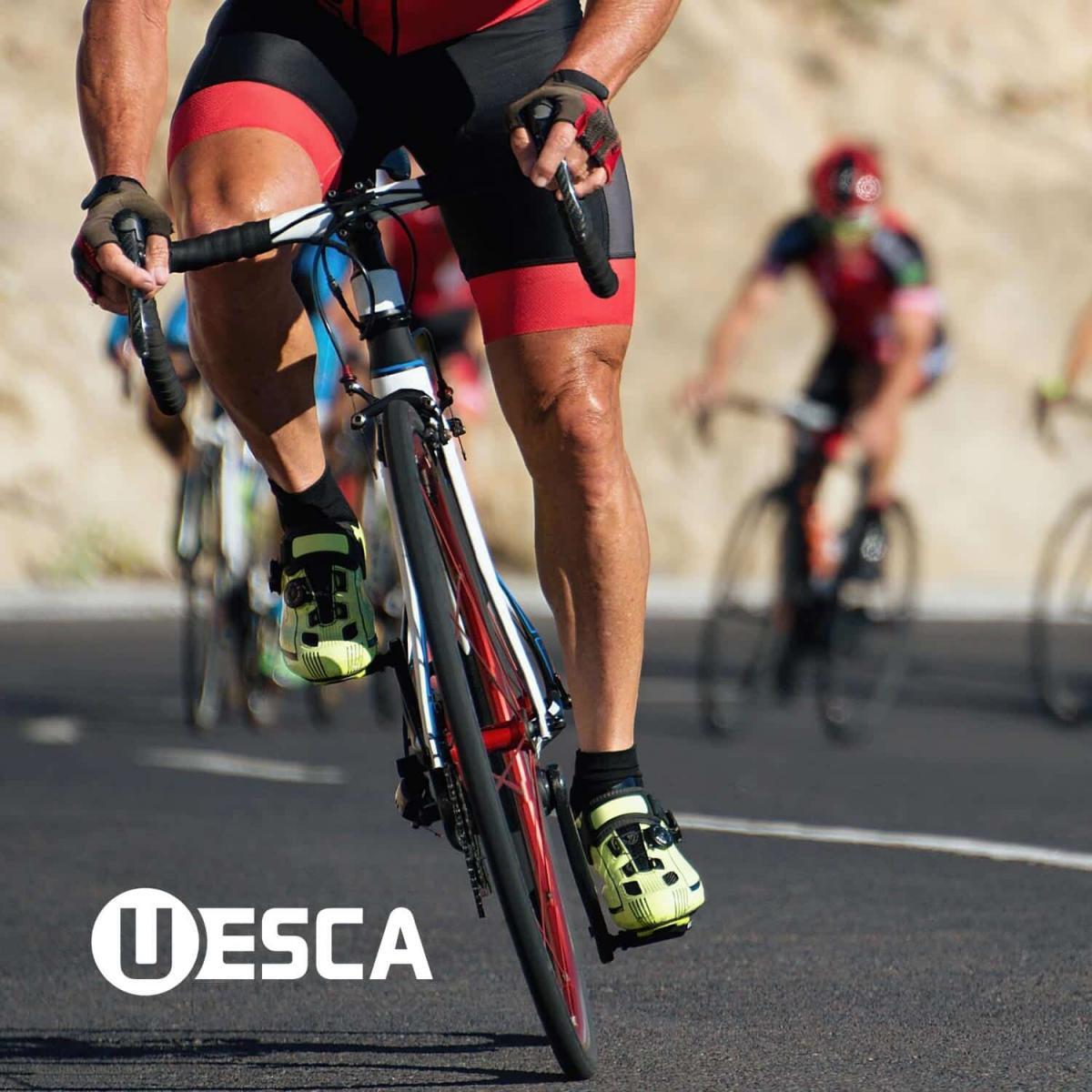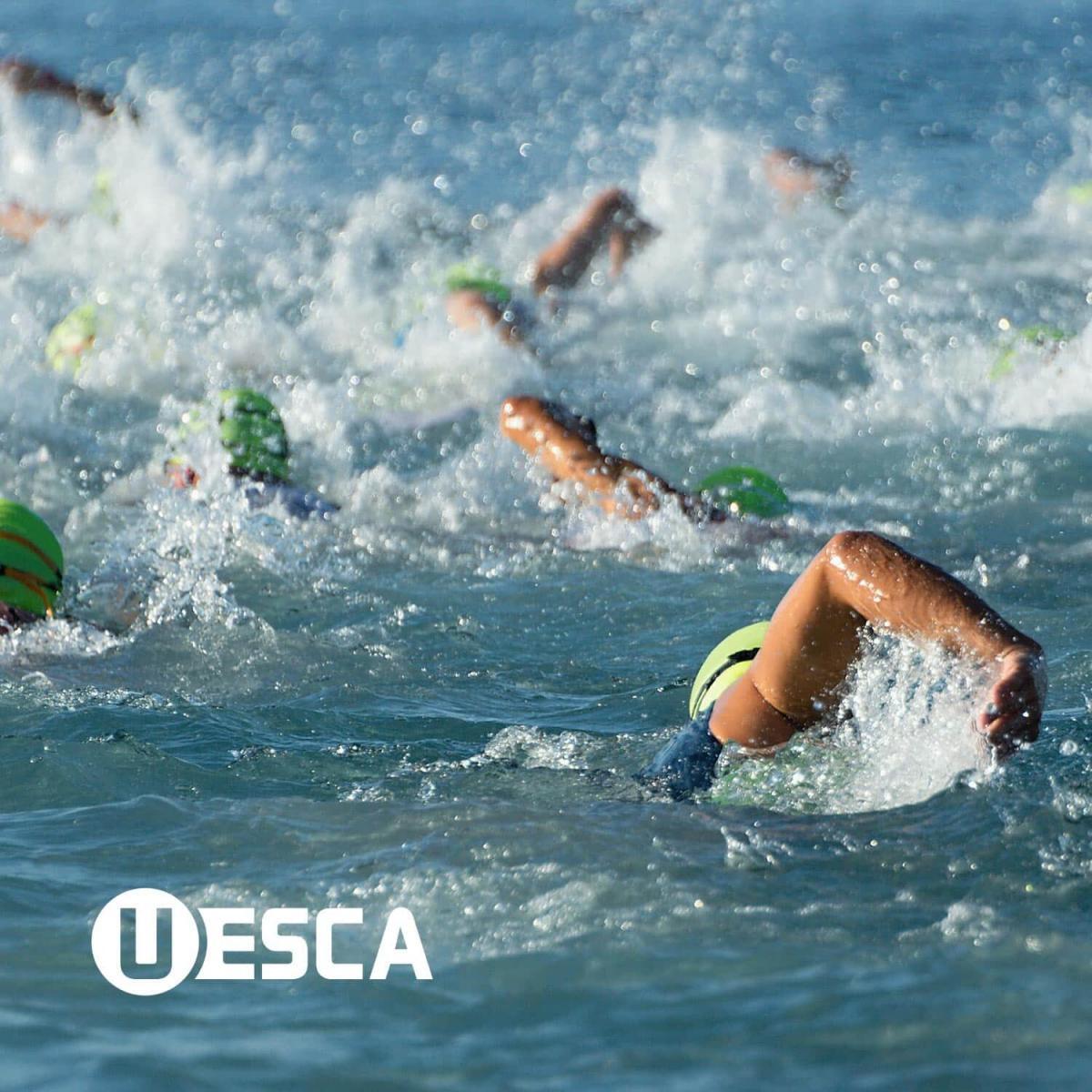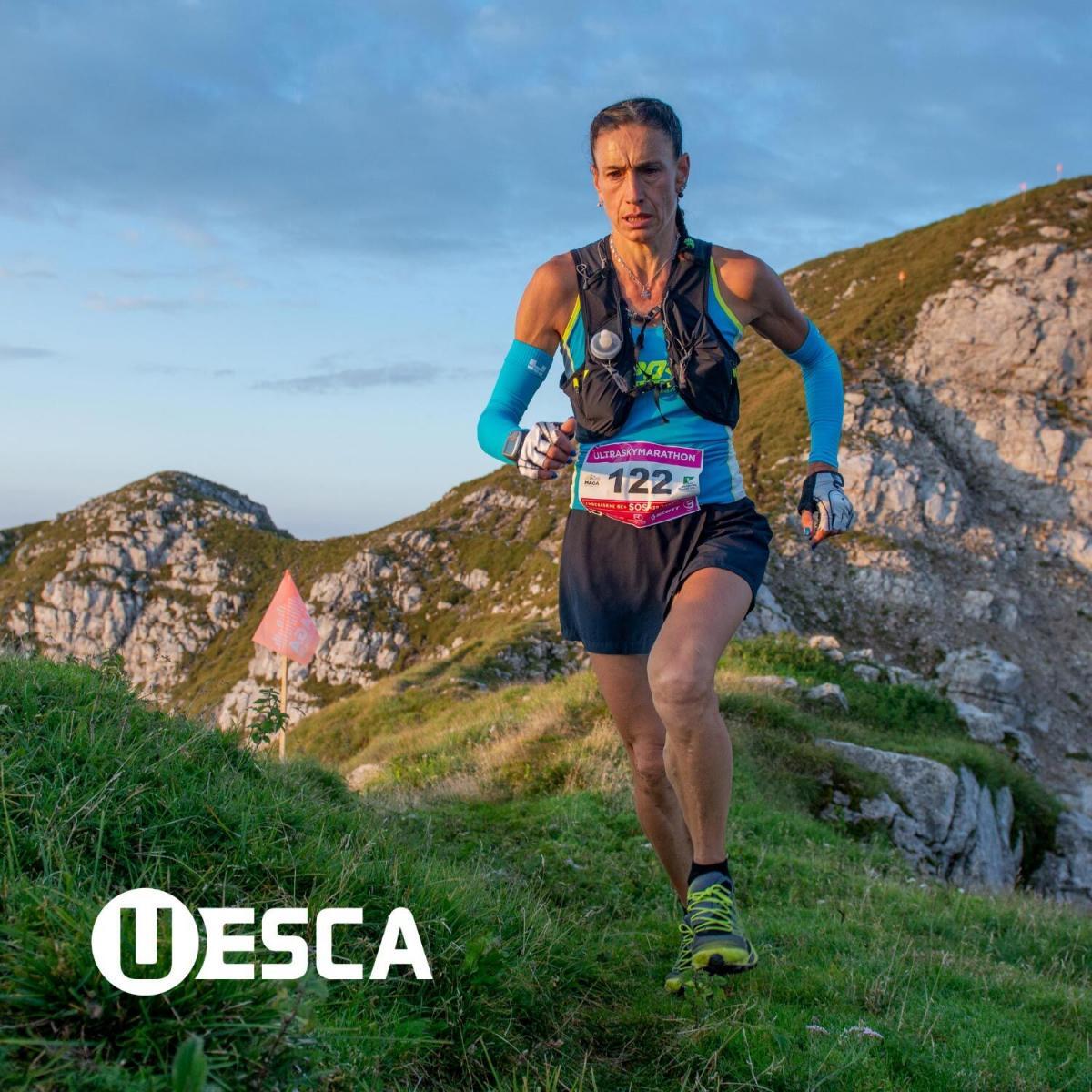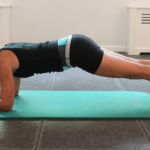Cycling is a unique sport that requires an individual to adapt to a bike with minimal equipment adjustments. As a result, most people that ride a bike do not have mechanically proper form. This lack of proper form is often not the fault of the individual. One of the most common cycling form ‘errors’ is that cyclists’ knees often either angle inwards or outwards at the top of the pedal stroke. While there are several possible reasons for this, in this post, we’re going to look at a reason that is often overlooked.
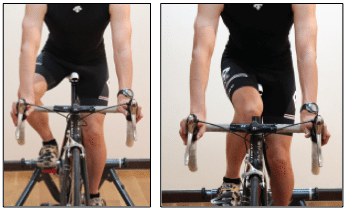
ANATOMY AND ALIGNMENT
When the foot is pointed straight ahead as it is when clipped into a pedal, vertical leg alignment is achieved when three anatomical landmarks are in a vertical line:
- Anterior Superior Illiac Spine (ASIS) – These landmarks represent the most forward part of the pelvis
- Center of Patella (center of kneecap)
- Second Metataral (second toe)
Of these three landmarks, the ASIS is the most common culprit of malalignment.
The ASIS or more specifically, the width between the right and left ASIS landmarks corresponds to the width of the pelvis and as pelvic width varies between individuals, there can be a large variation in ASIS width.
A general trend is that youth have narrow ASIS width measurements and women have wider ASIS measurements than men.
EQUIPMENT ISSUES
So we know that pelvic width varies between people. Why is this a big deal? It’s a big deal because while pelvic width can vary greatly between individuals, the foot position, when clipped into pedals does not have much wiggle room for adjustments.
There are three primary variables that can influence the lateral distance between pedals:
- Bottom bracket (BB) width: The bottom bracket inserts into the bottom of the frame and is what the crank arms attach to. The wider the BB is, the farther the pedals are laterally spaced. As a side note, most spin bikes have wider BB’s than road or triathlon bikes.
- Pedal spindle/interface with pedal body: Pedal brands have a small degree of difference in regard to the spindle length*. While some pedals have adjustable pedal spindles (by way of moving the pedal body on the spindle), the most common way to move the pedals farther apart is to place spacers (washers) over the pedal threads. This effectively moves a pedal further away from the crankarm, thus widening the pedal width between the left and right pedals. This modification must only be done by a qualified bike fitter.
- Cleat position: Moving the cleat inward or outward on the shoe will influence how close the foot is to the crankarm.
In comparison to cleat adjustments, bottom bracket and pedal spindle adjustments/replacements are more complicated and also typically result in smaller adjustment ranges. Due to this, the most common adjustment is lateral/medial cleat adjustments.
As the most forward part of the pedal corresponds to the location of the second toe, measuring the distance between the center of the front of the pedals corresponds the distance between the left and right metatarsals, when clipped into the pedals. This is most easily performed by measuring the distance between the center of the front of a pedal to the center of the frame downtube, then multiplying by two (see the below image).
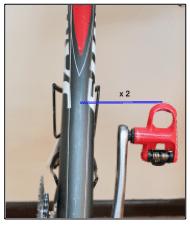
KNEE MOVEMENT
Most people reference the knee in respect to the leg angling inwards or outwards because it is the most visible landmark. However, what is really occurring is internal/external rotation of the hip that causes the knee to ‘point’ inwards or outward, respectively, at the top of the pedal stroke.
While there are likely exceptions, the most common scenarios are below (note: this does not take into account muscular imbalance issues, injury or other biomechanical issues):
Knee(s) angles inwards at the top of the pedal stroke:
- ASIS is narrower than the pedal position or more specifically, the ASIS landmarks are narrower than the left/right second metatarsals.
Knee(s) angles outwards at the top of the pedal stroke:
- ASIS is wider than the pedal position or more specifically, the ASIS landmarks are wider than the left/right second metatarsals.
DON’T FORCE IT
The body is not symmetrical and not everyone is ‘built’ the same way. As noted above, issues such as muscle imbalances, injury and genetic biomechanical factors can influence biomechanics and therefore leg alignment. From purely a visual sense, ‘straight’ leg alignment is the most efficient and optimal way to be positioned on a bike. However, for all of the reasons noted above, many people cannot achieve this. It is fine to work toward achieving vertical leg alignment however it must be done in a safe and progressive manner and must not result in discomfort or pain. The goal is to improve alignment, not perfection.
Many people associate malalignment with being predictive of pain and, or injury. This is not true. For example, there are people with perfect alignment that have a high frequency of injury and pain while others that have malalignments are pain and injury free! Is a particular malalignment the reason for injury/pain? Maybe. However, you cannot make this assumption. In other words, do not force someone into a perfect looking position purely based on aesthetics.
SUMMARY
As there are multiple variables that influence biomechanics, it is advised to work in conjunction with an allied health professional such as a physical therapist to get your client as efficient and pain-free as possible!
*Pedal Spindle (pedal axle): The part of the pedal that screws into the crank arm and is what the pedal rotates around.
Learn more about our certifications and get $50 OFF the purchase price!
Download the UESCA Triathlon Course Overview/Syllabus
Download the UESCA Running Course Overview/Syllabus
Download the UESCA Ultrarunning Course Overview/Syllabus
Download the UESCA Cycling Course Overview/Syllabus
Download the UESCA Endurance Sports Nutrition Course Overview/Syllabus

